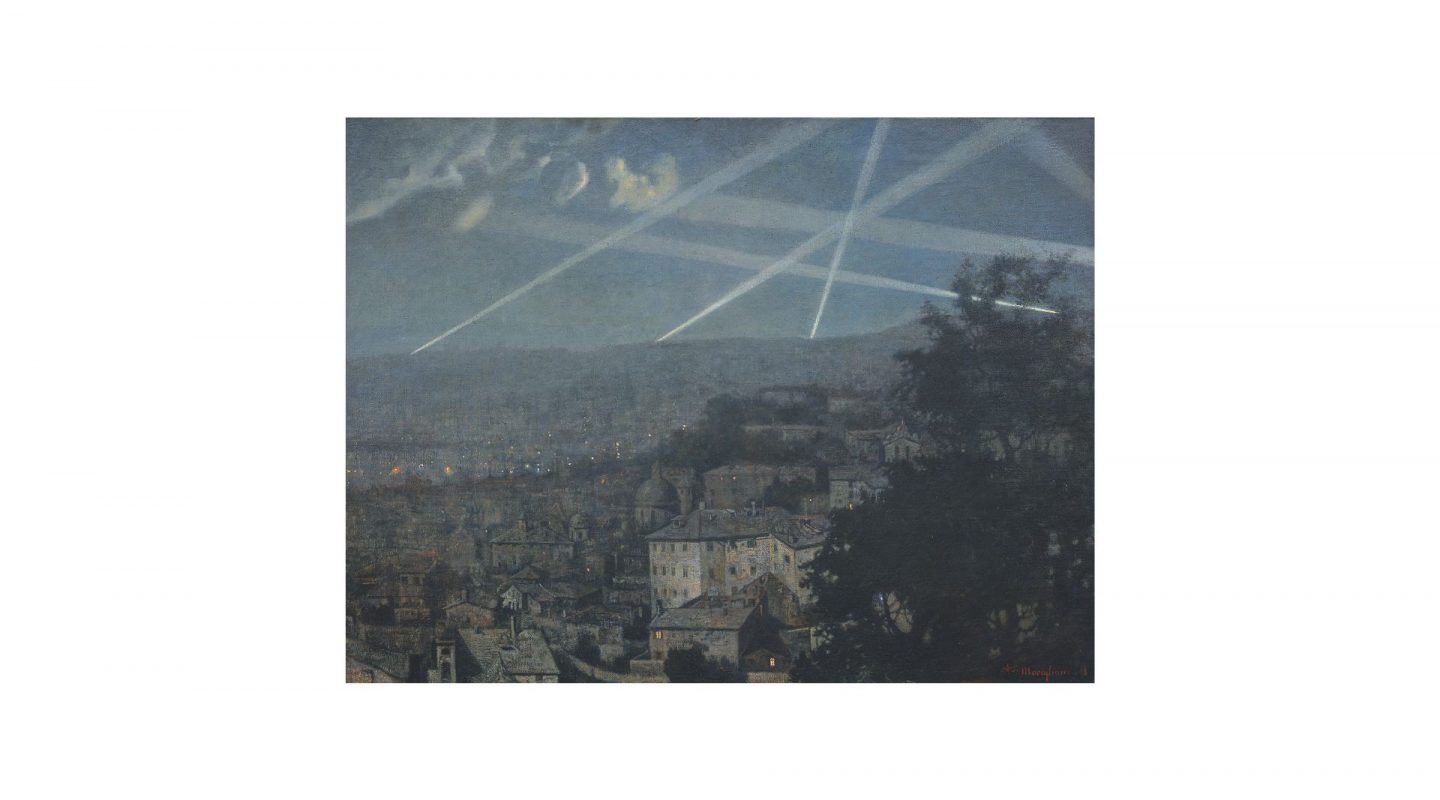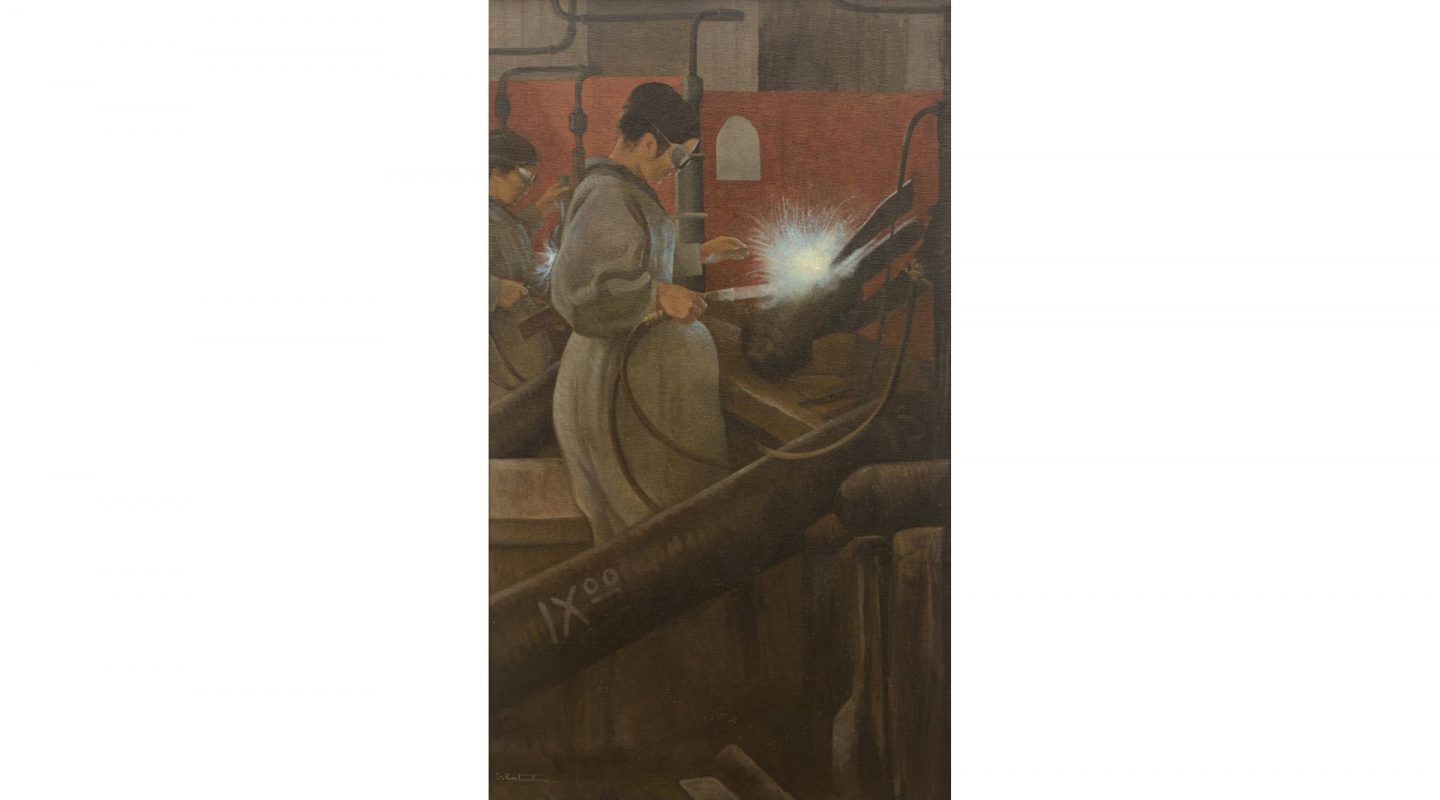This website uses cookies so that we can provide you with the best user experience possible. Cookie information is stored in your browser and performs functions such as recognising you when you return to our website and helping our team to understand which sections of the website you find most interesting and useful.
Fondazione Palazzo Ducale Genova
The American Friends of the Palazzo Ducale Genoa association was established in 2020 with the aim of spreading information among the American public about the exhibitions and other cultural activities put on by the Wolfsoniana and Palazzo Ducale and financially supporting their projects, as well as establishing a collaborative exchange with the Wolfsonian-Florida International University and other museums, foundations and educational institutions in the United States.
President
Wolfson Jr, Mitchell
Vice President
Hughes, Michael
Secretary
Barisione, Silvia
Treasurer
Miano, Lou
Honorary Director
Reinhardt, Aurelia
Currently exposed at the Wolfsoniana Museum

A painting Nicolò Garaventa and the young “garaventini” in the Redemption training ship by Domingo Motta (Genoa 1872-1962) – an artist whose evocative 1898 work, Lo spaccapietre (The Stonebreaker), inspired by the stylistic and iconographic models of nineteenth-century social realism, already has a place in the Wolfsoniana. The monumental painting Nicolò Garaventa and the young “garaventini” … was presented at the Italian General Exhibition held in Turin in 1898 and was most probably made on commission. It documents one of the most fascinating episodes of Genoese philanthropy: the story of the educationalist and benefactor Nicolò Garaventa who received as a gift from Umberto I the brigantine of the Sardinian Navy Daino (later renamed Redenzione), which he then fitted out as a facility for rehabilitating disadvantaged young people.

A painting Lights of War (1918) by Federico Maragliano (Genoa 1873-1952), a Genoese painter celebrated for his accurate depictions of landscapes, is an invaluable iconographic record of the anti-aircraft defences set up in the Ligurian capital during the First World War to forestall the attacks it was feared would destroy Genoa’s port infrastructure and, in particular, Ansaldo’s military-industrial plants.

A painting by Giovanni Costantini (Rome 1872 – 1947) The Mother (1921) makes part of the series Lacrime di guerra, created by the artist after the end of the First World War: a heartbreaking pictorial protest of the horrors of a global conflict, in which for the first time the world powers clashed using the deadly technology of modern weapons. The painting depicts a woman in a factory assembling a bullet. The image, treating the modern themes – feminist and patriotic, shows the contradictory nature of this action: the woman, who is about to give birth to a new life, participates in the production of a weapon of death.
